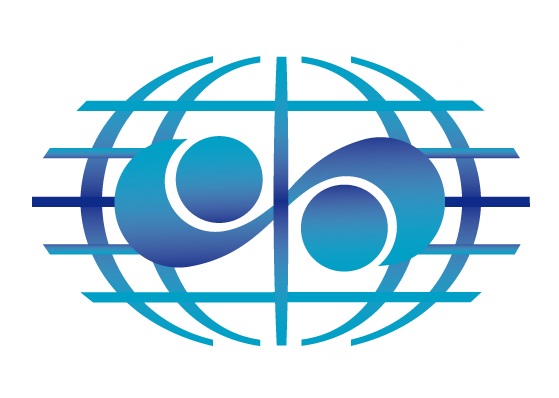Tools and methods for disseminating information
Key points
- Many channels and digital tools can be used for information dissemination in complement to paper information dissemination
- Defining an appropriate strategy of communication adapted to the need and using the ad hoc tools is recommended.
Many channels and various supports of information can be used for disseminating and sharing knowledge.
The media and representation modes vary depending on the target audience and the kind of information to be disseminated.
To relay reliable information that corresponds to the needs of the audience involves defining an appropriate strategy.
Some tools for digital information dissemination are described below, bearing in mind that in many cases complementarity should be insured with the dissemination of information on paper.
Web portal / Website
Once collected, verified and stored, datasets and information can be disseminated on portals or websites.
Web portals are useful for coordinating communities of actors by pooling and disseminating knowledge (centralizing data on sub-basin management plans and environmental contracts, publication of news related to water management and newsletters, provision of documents); gathering, sharing and highlighting experiences (forums, records, themed sections); and supporting actors and helping to build skills (dissemination of guides and studies, organization of web-conferences).
The portals or websites generally adopt the principles of responsive design, offering visitors a comfortable consultation whatever the medium used (smartphone, tablet or computer). Coupled with an efficient search engine, access to resources is made easier. The addition of interactive maps can also facilitate access and sharing of information, experiences and geographical searches for local and international action (depending on the case).
Smartphone Apps
Smartphone applications are highly popular, even in the field of water. Free applications can identify various targets that require reactivity and interactivity. Smartphone applications can transmit geolocated data that bring users information close at hand.
E-book
Dissemination linked to documentary tools has also changed significantly over the years. Initially, technical documents relating knowledge of current water issues (climate change, integrated management of coastal waters, hydro morphology, etc.) were published and then promoted.
Thanks to research and technological innovations, international water documentation portals such as “Eaudoc” (www.oieau.fr/eaudoc) now provide accessible search engines with an easy-to-use documentary interface and varied content.
In parallel, enriched digital books make it possible to explain a subject in an educational, interactive way (e.g. on sub-basin management plans, available online at http://www.oieau.fr/eaudoc/ebooks/sage/). This kind of support goes beyond linear reading, thanks to the possibility of accessing all topics from each page and linking different pages. The pages are organized so that important information is directly accessible; users can then find out more details by interacting with various media, e.g. dynamic opening of text blocks, videos, audio recordings, maps and slideshows.
Social networks
While portals, websites and applications serve to showcase projects, social networks also play an important role in disseminating information.
Social networks contribute in particular to bringing Internet users to a website, relaying communication operations, publishing information, and efficiently reinforcing web indexing, etc. These networks are interesting tools to establish special contact with Internet users, create a community, and raise awareness among a wider public who are unlikely to directly visit the website.
Most importantly, publishing information on social networks can be a way to transmit news better. As an example, to relay messages efficiently on the web, IOWater uses several social media (Twitter, Facebook, LinkedIn, Youtube, Pinterest) that have their own characteristics (promotion of videos, images, etc.).
Platforms for information dissemination are fundamental to share knowledge and can also used for the animation of communities of actors.
Hereafter are presented:
- Some "Case studies including data information dissemination" presented by the partners
- Some "Tools used for developping information dissemination platforms " presented by the partners


